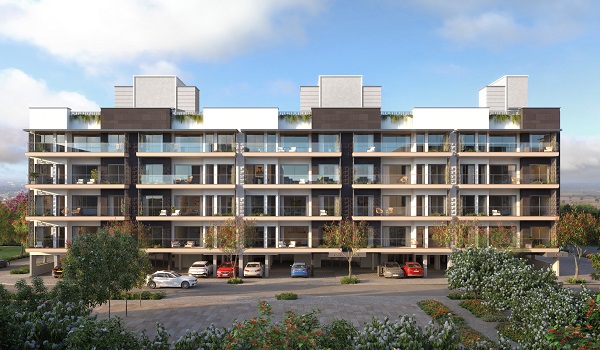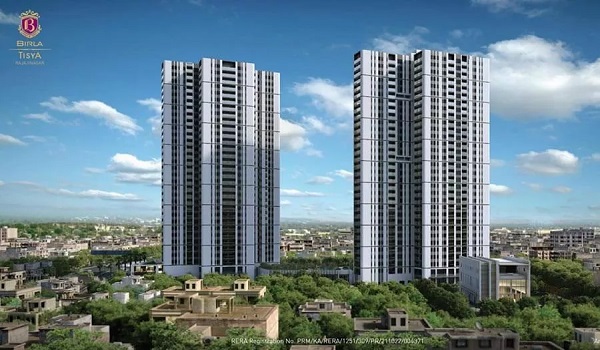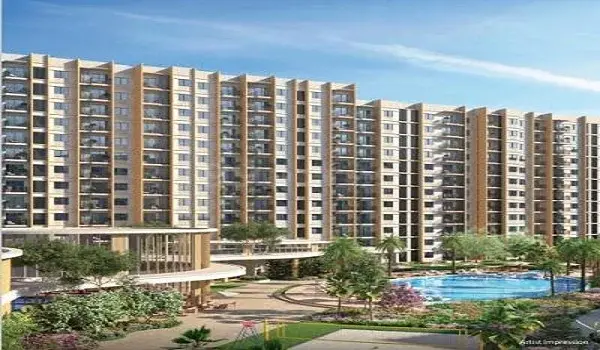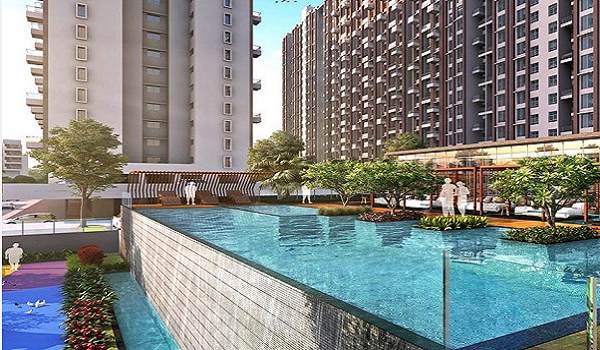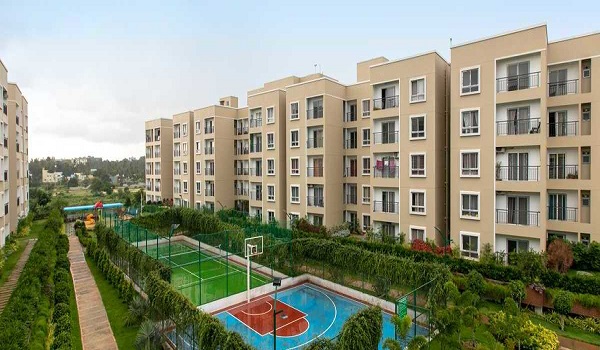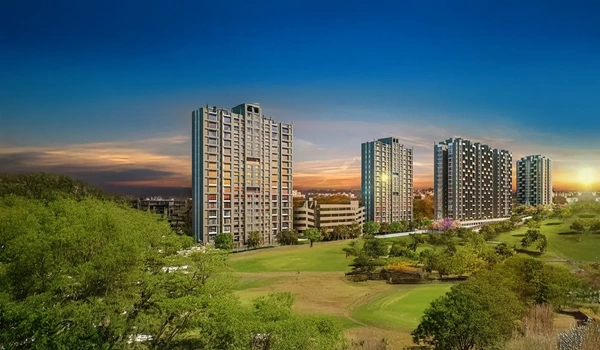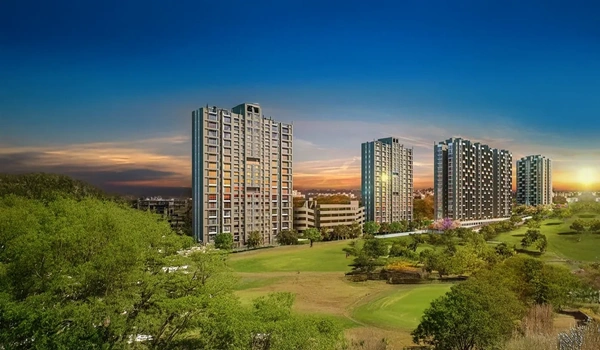How the Real Estate Mafia and Poor Planning Are Drowning Bengaluru in 2025
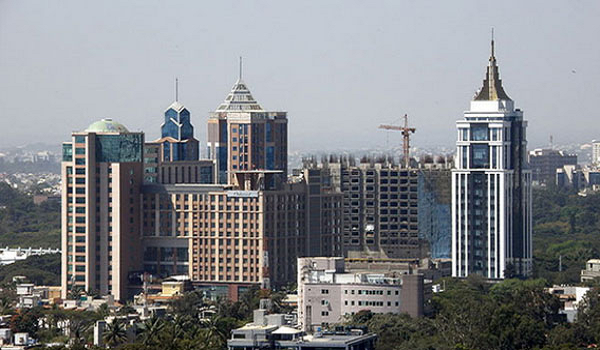
In May 2025, Bengaluru was hit by one of its worst floods in recent years. But the problem wasn't just the rain. It was the way the city was built—and ignored. Years of poor planning, broken drains, and real estate greed turned a few hours of heavy rain into a full-blown disaster.
This article explains what happened, why people are blaming the "real estate mafia," and what Bengaluru must do to avoid this mess in the future.
Mid-May 2025 brought unusually heavy rainfall to Bengaluru. Some areas like RR Nagar saw 150 mm of rain in a single day—the highest in 10 years. On average, the city received around 42.7 mm, which quickly overwhelmed its drainage systems.
- Outer Ring Road (ORR)
- Bellandur and Sarjapur Road
- Whitefield, Mahadevapura, Koramangala
- Manyata Tech Park and Horamavu
- Streets turned into rivers.
- Trees fell across roads.
- Cars were stuck under water in underpasses.
- Over 500 homes got flooded.
- Five people lost their lives due to wall collapses and electrocution.
Even major IT companies like Infosys and Cognizant asked employees to work from home because roads were impassable.
People on social media didn't just complain about the rain. They blamed the real estate sector for causing much of the damage. And they didn't hold back.
"Real estate mafia has ruined Bengaluru," one user wrote.
"Lakes and drains are gone. Now we drown in our own greed," said another.
The anger comes from years of builders constructing on lakes, lakebeds, and drains—often with help from local officials. These are the very spaces that used to absorb rainwater. Once they were covered with buildings and roads, the water had nowhere to go.
Bengaluru once had hundreds of lakes and stormwater drains (called rajakaluves). Many have been filled in or narrowed. Some housing layouts in places like Bellandur and Rainbow Drive in Sarjapur sit right on old lakebeds.
The city's master plans are outdated. Agencies like BBMP, BDA, BWSSB, and Metro all work separately, without proper coordination. This leads to new buildings popping up without thinking about water flow or drainage.
Bengaluru hasn't had elected city leaders for over four years. Instead, officers run everything. Residents have no one to directly hold responsible. That makes it easy for illegal work to continue unchecked.
Even where there are drains, they often don't work. They're filled with plastic, mud, and garbage. Roads are dug up and not properly fixed. During the May floods, over 40 trees fell, and many underpasses filled up with water because the drains weren't cleaned.
One man even sent a ₹50 lakh legal notice to the BBMP after he suffered major damage due to bad roads and repeated flooding near his home.
This is not just a city problem—it's a business problem too.
- Flood-prone areas are losing buyers.
- Property prices in these zones are stuck while safer areas are gaining value.
- Global companies worry about losing workdays every time it rains.
A Bengaluru-based realtor said, "Clients are now asking about flood risk before buying. Earlier it was schools and metro; now it's drainage maps."
Projects like Birla Evara on Sarjapur Road are standing out because they are planned better—with more open space, raised ground levels, and modern stormwater systems. People are beginning to care about safety, not just fancy features.
The BBMP has started fixing things:
- ₹247 crore was allocated to tackle 210 flood-prone spots.
- Work is done in 166 of those, but 44 areas still remain at risk.
- Drains and lake outlets are being cleaned.
- Zonal teams are on emergency duty when it rains.
But many feel it's too slow—and only happens after the city floods.
✅ Use Smart Planning:
- Respect buffer zones around lakes and drains.
- Don't allow building on low-lying land.
✅ Fix the System:
- Bring back elected leaders in BBMP.
- Make city agencies work together.
- Enforce rules without looking the other way.
✅ Listen to Citizens:
Groups like Citizens Agenda for Bengaluru have warned for years about these issues. They've called for stronger laws and more public input. But unless those in power act, nothing will change.
Yes—but only if we learn. More people now ask the right questions before buying or renting. Projects like Birla Evara are proof that real estate can be done responsibly—with proper layouts, eco-friendly drainage, and safe construction.
Also, new tools like flood-risk maps and digital tracking are helping buyers and investors avoid high-risk areas.
Bengaluru's flood crisis is not just nature's fault. It's the result of bad choices, weak systems, and ignored warnings. But with the right action—from the government, developers, and citizens—the city can still fix this.
If not now, when?
| Enquiry |
